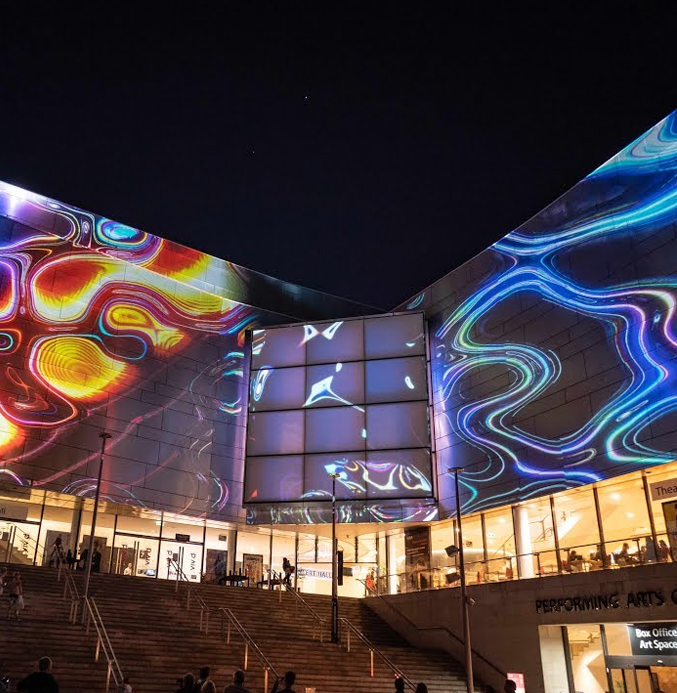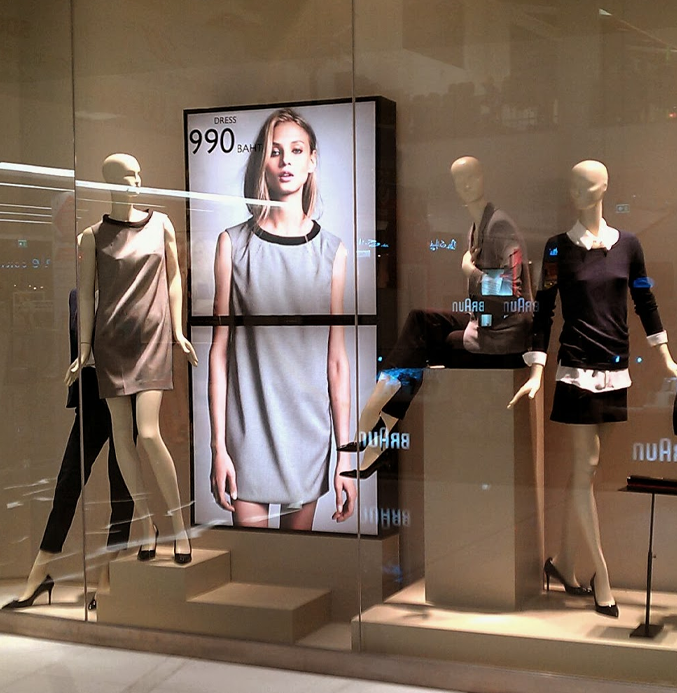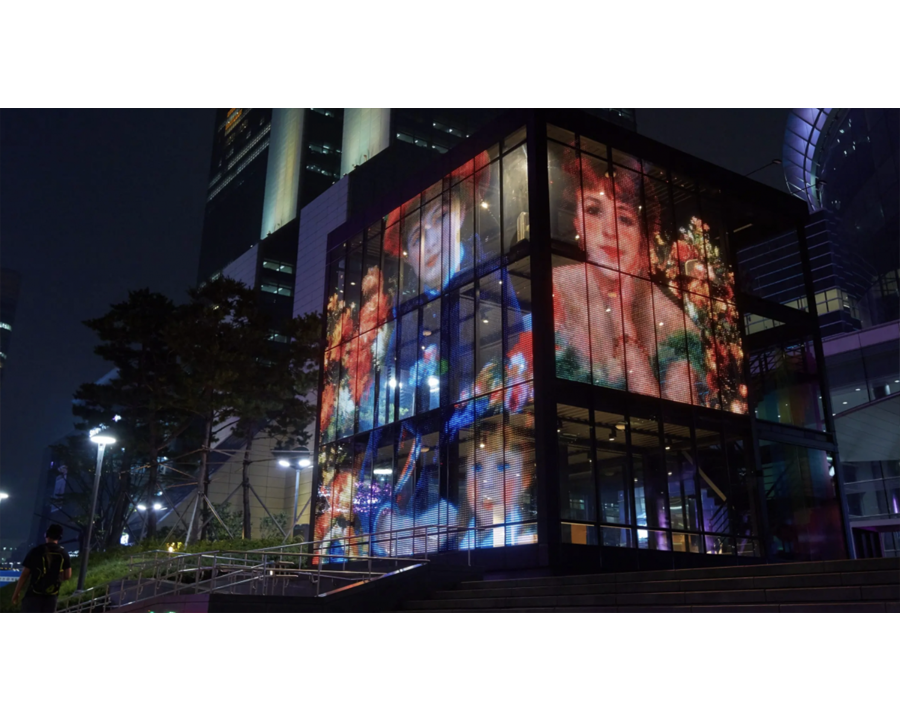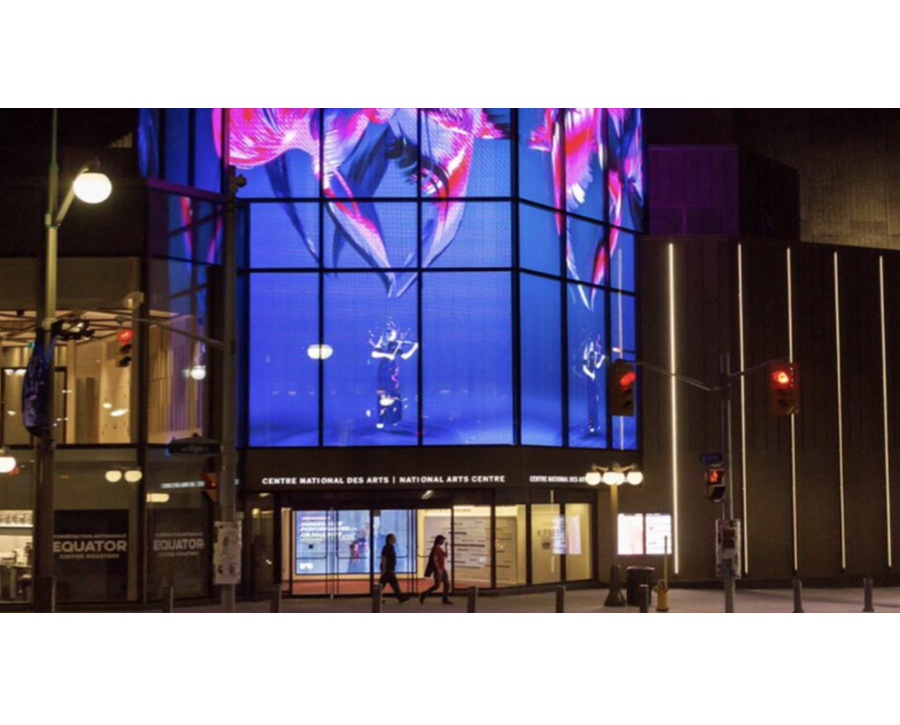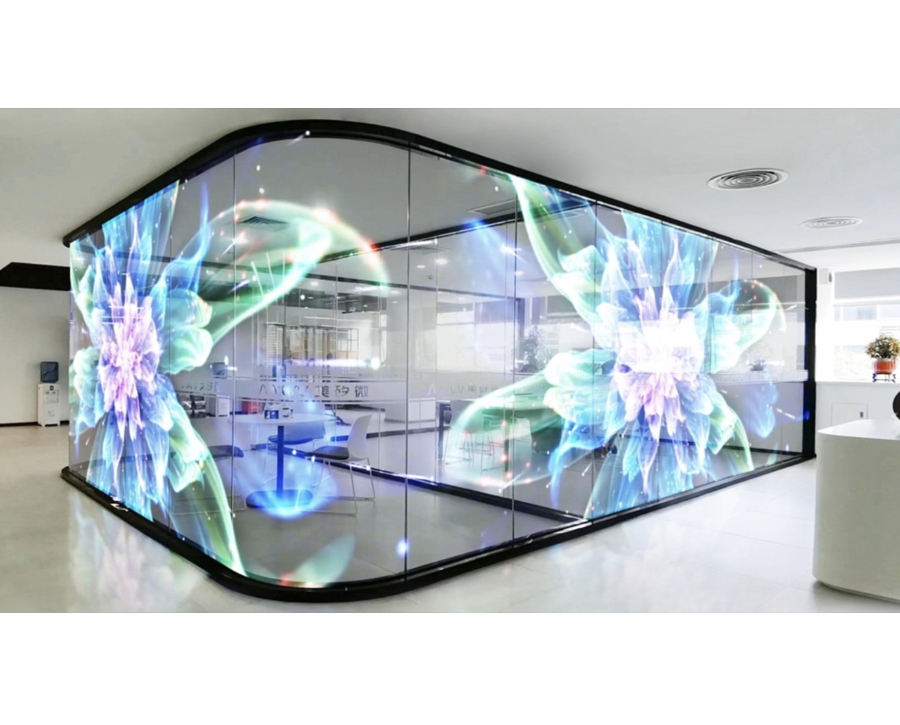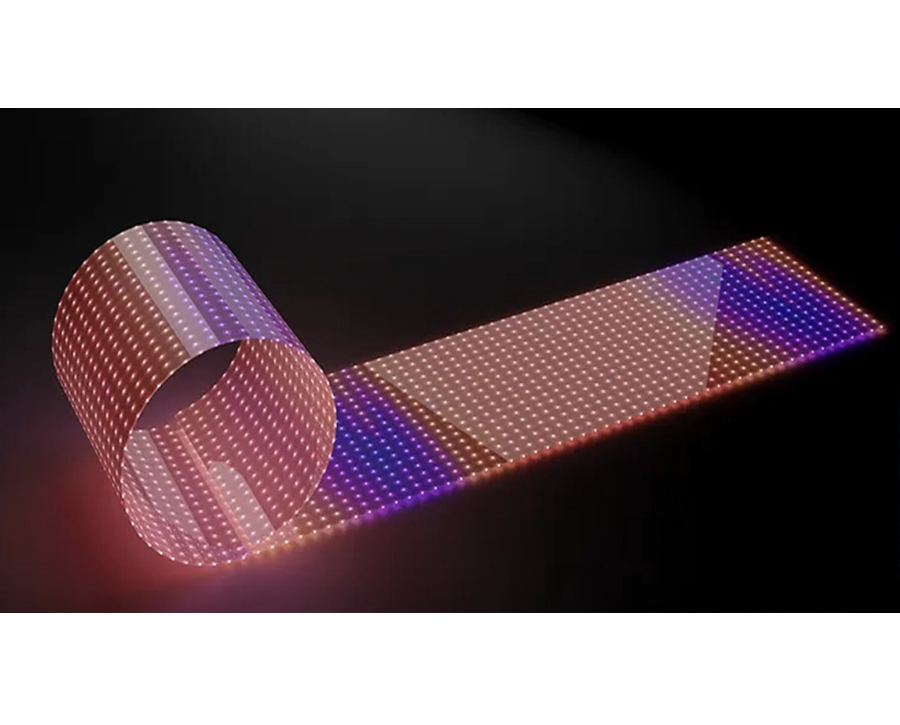
Your business profits depend on picking the right display technology. Understanding the performance differences between led film screen and normal displays will help you make better business choices about advertising and presentations. This guide will show you the key information you need to choose wisely.
What Are LED Film Screens?
Newly created LED film screens work to provide amazing visuals that integrate minimally into their surroundings. You can find these displays because they use transparent LED films that stay thin and require little weight. These displays stick right onto glass and clear surfaces to produce interactive solutions in retail spaces as well as office and event areas.
The Led transparent film screen shines through micro-LED technology which embeds displays in transparent film layers to deliver bright multimedia content. These screens stay transparent by design so they create modern style yet maintain unblocked natural light. They can attach smoothly to irregularly shaped surfaces because their structure remains portable.
Led film on glass creates unlimited design choices that normal displays can’t match so businesses pick led film for their advanced visual impact.
What Are Traditional Displays?
Displays based in traditional technology depend on LCD screens, LED panels and projection components. People choose these devices for all space types since they show consistent reliable work.
Transparent liquid crystals show images when a backlight shines through them. Traditional LED panels work like LCD displays but swap the LEDs for light-emitting diodes which create brighter images while using less power. Projectors create images by projecting them onto any suitable surface which lets users adjust their size and placement.
Traditional displays serve well yet do not match film led screen technology’s elegant smooth look and installation flexibility.
Comparison Between LED Film Screens
- Picture Quality
Transparent led film produces clean and detailed images with bright and brilliant colors. The material slides perfectly over glass surfaces to offer shoppers a superior display outcome. Even though traditional display screens produce pristine images well they tend to look clunky and restrict immersion compared to the elegant LED film display.
- Versatility
You can mount this adaptable led film screen onto different types of glass window surfaces including curved walls plus irregular shapes. You can easily design space-saving projects because this product adapts to any shape. While traditional displays can adjust to different uses they must use separate support systems that limit their overall flexibility.
- Mounting
You can put led window film up easily. This thin film bonds right to surfaces without needing supportive structures. Standalone traditional displays force users to install separate mounting systems which slows down setup and takes additional work.
- Service
Due to its embedded design Led display film needs little upkeep. Traditional displays including projectors need regular servicing because their bulbs burn out and screens need cleaning.
- Power Use
The film’s flexible design helps it use fewer resources to run than regular LCD or LED screens. Businesses can save energy costs while using led display film because of its efficient design.
- Sturdiness
A thin led glass layer withstands superficial impacts better than projectors and standard screens that break easily. Flexible led windows seamlessly integrate into their surroundings so users have less danger of damaging or dropping them.
Which Type Of Display Technology Is Cheaper?
The purchase prices of led window film exceed those of standard display technologies. The long-term financial benefits of flexible led film display appear better since traditional screen upkeep costs build up yearly.
Projectors need regular bulb replacement while traditional LED panels use more power than led transparent film does. The unique display capabilities of led film allow businesses to earn more revenue which produces higher returns for their investments.
For businesses evaluating screen options between LED film screens and traditional displays cost becomes an important decision point. Here’s a detailed analysis of the cost-effectiveness of each:
Upfront Costs
Traditional Displays (e.g., LCD or LED panels): Traditional screen technology costs less when you buy it initially. LED and LCD display standards receive volume production which lowers their prices to suit smaller businesses.
- Pros: These displays work well for basic sign needs at minimal expense.
- Cons: Setup costs for this display type go up when you need room for movement and when installing projects gets harder due to dimensional challenges.
LED Film Screens:
Even though LED film screens arrived recently they still cost more than traditional displays because they offer important advantages such as transparency and workability on curved surfaces.
- Pros: LED film screens create modern display options with specific use in high-value setting environments.
- Cons: Digital LED displays cost more money for new users to install than standard video screens.
Installation Costs
Traditional Displays:
Setting up standard wall and freestanding display systems presents minimal technical challenges. When you install large displays you will need more support which raises the overall cost.
LED Film Screens:
The lightweight screens can be applied directly to glass or other surfaces so you save money on mounting hardware. Despite their advantage in equipment costs these screens need specialized installers which adds expenses.
Operating Costs
Traditional Displays:
Most standard displays use more energy compared to newer models so they increase your electricity expenditure each day. The products become more expensive to manage over their lifespan.
LED Film Screens:
LED film screens need fewer electrical resources to run because of their energy-efficient design. Businesses experience lower total running expenses as time passes.
Maintenance Costs
Traditional Displays:
The basic upkeep required for traditional displays uses fewer spare parts than other display types. Older display types require service more often than new models.
LED Film Screens:
LED film screens present higher maintenance expenses because parts replacement and service options are restricted by their advanced technology.
Long-Term Value
Many companies find LED film screens deliver better long-term returns when they save energy and withstand wear longer with their stylish appearance. Senior leadership should match start-up costs with expected savings and match these to actual display uses in business operations.
Sporting traditional screens costs you less at first yet LED movie screens help you save money in the long run by using energy efficiently. Your business must decide if getting a discount today or buying an energy-saving product that benefits you more over many years is more important.
Which Is Best For Your Business?
When you need to promote retail products through displays or build exciting customer spaces, film technology delivers superior results. You can use this product to enhance storefront displays plus celebrate events and projects due to its clear design and built-in connections.
A regular projector or LED panel system works best when presenting large corporate content. Traditional displays operate optimally when visual presentation or wall integration is unnecessary.
When you need unique space design or keep your workplace sleek and contemporary led display film makes all the difference. When money takes priority but you want dependable performance use a standard display product.
Conclusion
Led film screens and traditional displays serve different functions effectively. Your selection depends solely on business requirements alongside financial abilities and personal design choices. Our guide helps you make an informed choice about the right display technology.
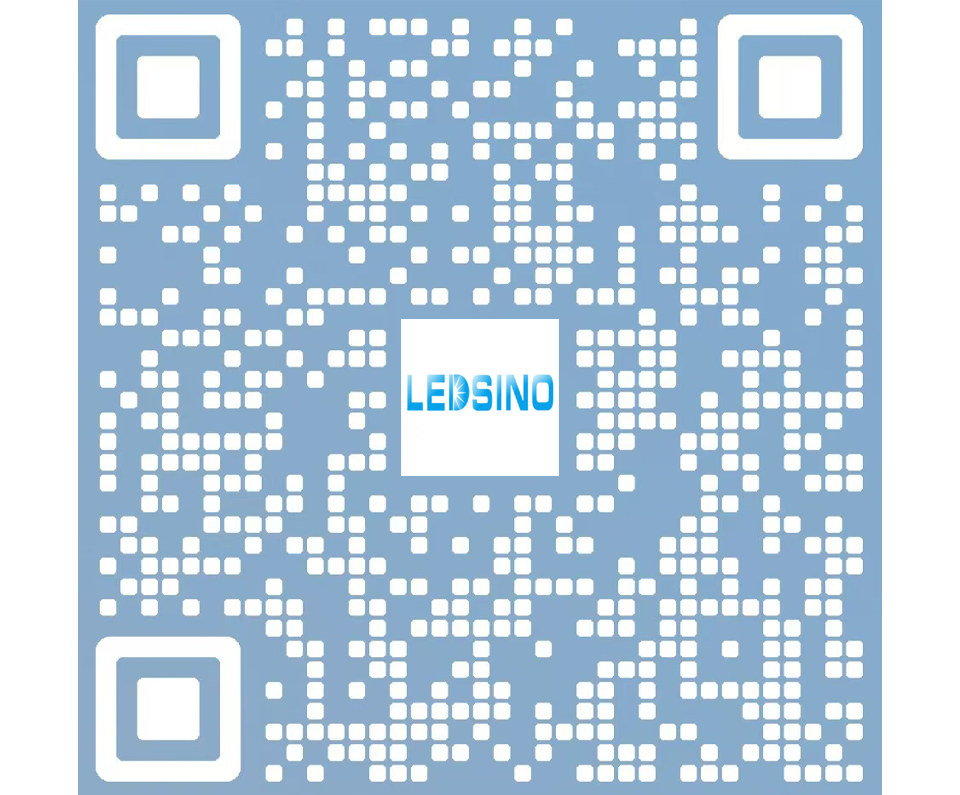
Enter the digital world with our advanced display technologies.

